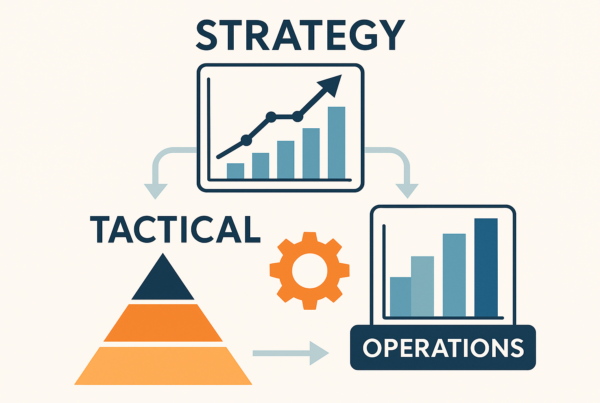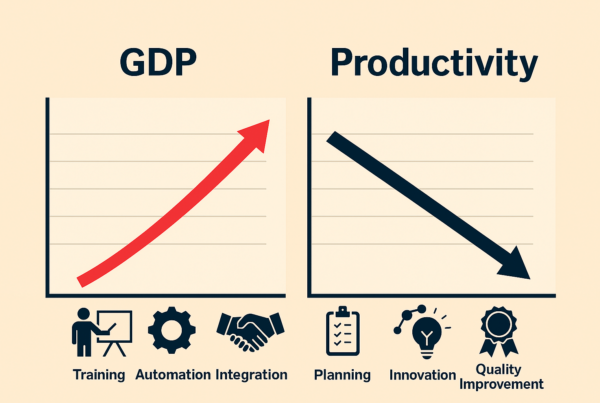Continuing from our previous discussion on the importance of distinguishing between the supply chain and value chain, let’s explore how Value Stream Mapping (VSM) can be an effective tool for optimizing these chains.
What is Value Stream Mapping?
Value Stream Mapping is a visual tool that helps organizations identify and analyze the flow of materials and information through their supply chain. It provides a comprehensive view of all activities, categorizing them as value-adding or non-value-adding. This differentiation is crucial for understanding where improvements can be made.
Mapping Activities
To effectively utilize VSM, businesses must first map out all their activities. This includes identifying every step in the supply chain, from sourcing raw materials to delivering the final product. By analyzing these activities, organizations can pinpoint unnecessary steps that contribute to waste, such as excessive transportation or redundant processing.
Driving Continuous Improvement
Once wasteful activities are identified, businesses can implement strategies to eliminate them. This could involve streamlining processes, automating tasks, or re-evaluating supplier relationships. The goal is to enhance efficiency while simultaneously driving down costs, which is particularly important during periods of reduced revenue.
Moreover, the insights gained from VSM can assist in forecasting expenses and understanding cash flow requirements. By knowing where costs can be cut, businesses can improve their cash flow without solely relying on external funding sources.
In summary, Value Stream Mapping not only aids in distinguishing between the supply chain and value chain but also serves as a foundation for continuous improvement, making it an invaluable resource for organizations navigating uncertain times.





